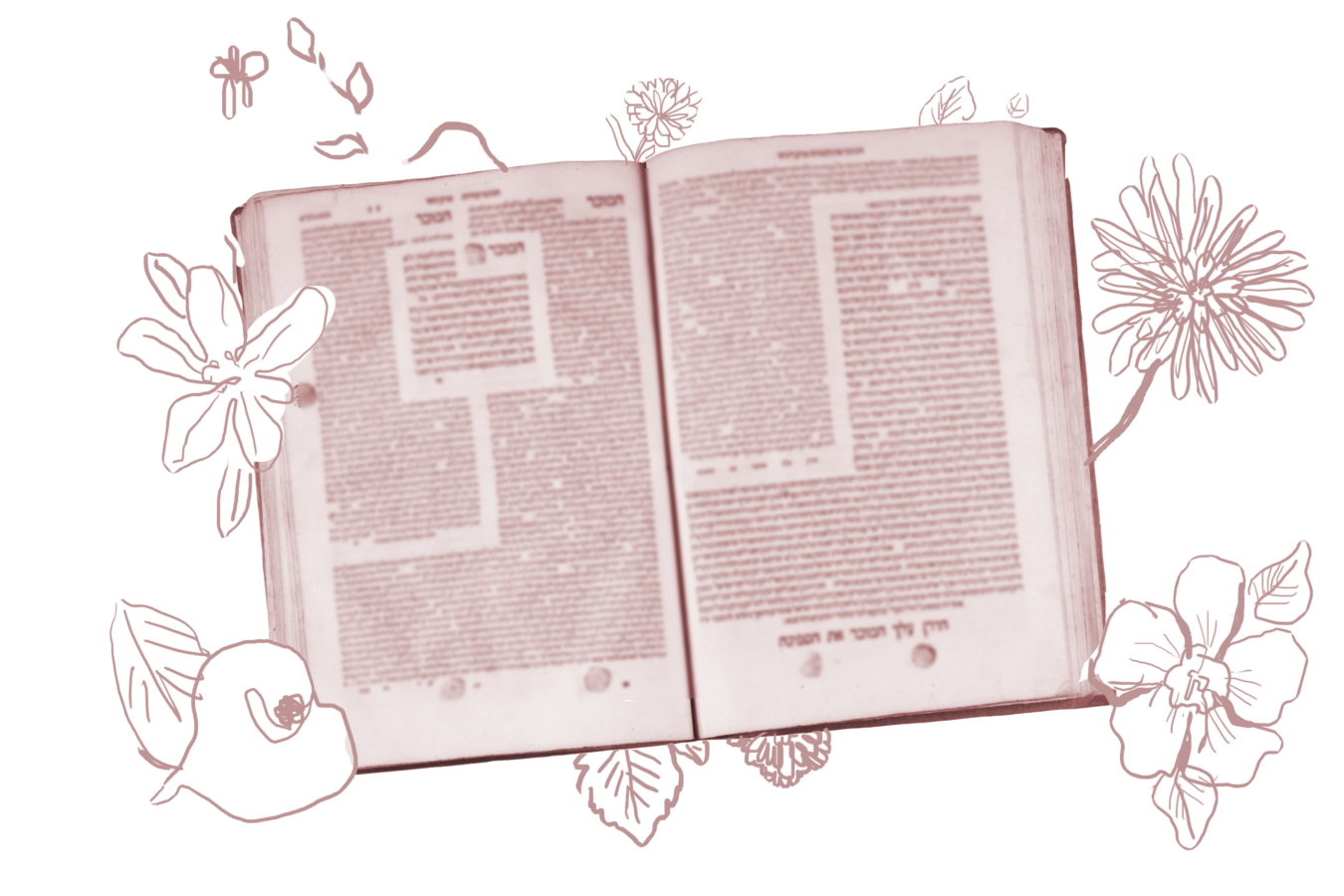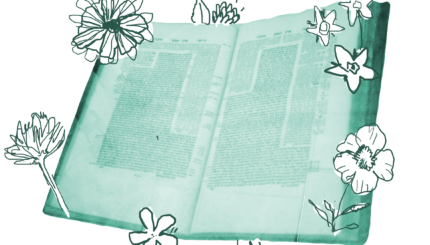Welcome to the last daf of Bava Metzia. The final mishnah of the tractate reads as follows:
Two gardens, one above the other, and vegetables grew in-between:
Rabbi Meir says: The vegetables belong to the owner of the upper garden.
Rabbi Yehuda says: The vegetables belong to the owner of the lower garden.
Rabbi Meir explained: If the owner of the upper garden decided to remove dirt from his garden, no vegetables would grow here.
Rabbi Yehuda explained: If the owner of the lower garden decided to fill his garden with dirt, no vegetables would grow here.
Imagine a tiered garden, the upper portion cultivated by one gardener and the lower portion by another, with a cliff of dirt separating the two. The question is who owns any vegetables growing out of that vertical wall of dirt. Rabbi Meir argues that the accidental vertical garden belongs to the upper gardener, because he could theoretically remove his own soil and thereby cause that wall of dirt to disappear. In other words, because he controls that wall of dirt, he therefore owns the vegetables. But Rabbi Yehuda argues the vertical vegetables belong to the lower gardener for essentially the same reason — because there is nothing to stop the lower gardener adding fill to his garden, which would likewise diminish the dirt cliff.
This brings us to an apparent impasse, but the mishnah offers two more answers to the dilemma:
Rabbi Meir said: Since the two of them can object to each other, the court considers from where this vegetable lives.
Rabbi Shimon said: Any vegetables that the owner of the upper garden can stretch out his hand and take, those vegetables are his, and the rest belong to the owner of the lower garden.
Rabbi Meir says that since the soil nourishing the vegetables belongs to the upper gardener, so do the vegetables. Rabbi Shimon, however, says the produce is divided: The upper gardener owns whatever he can reach, and the rest belong to the lower gardener.
In the short Gemara that follows, which concludes this tractate, it at first appears that Rabbi Meir’s solution is accepted. Expanding on Rabbi Meir’s position, Rava asserts that no one doubts that the roots of the vertical vegetables, because they are contained in the soil belonging to the upper garden, belong to the upper gardener. The question is only whether the leaves, which project into the airspace of the lower gardener, belong to the lower gardener (because they occupy his space) or the upper gardener (because they are attached to his roots).
Ultimately, however, Rabbi Meir’s solution is not accepted. Rather than side with his position favoring the upper gardener, the rabbis follow Rabbi Shimon, who offers a system for splitting the produce. In the final lines of Tractate Bava Metzia, this decision receives an unexpected imprimatur:
Efrayim the scribe, a student of Reish Lakish, says in the name of Reish Lakish: The halakhah is in accordance with the opinion of Rabbi Shimon.
They stated this case before King Shapur, and he said to them: Let us offer praise to Rabbi Shimon.
We have become accustomed to thinking of talmudic argument as a largely internal Jewish discussion. Talmudic debates are nearly always won or lost based on appeals to Jewish sources (biblical and rabbinic) or distinctly rabbinic modes of logic. While from time to time the rabbis acknowledge the power of extra-Jewish authority — most famously in Shmuel’s oft-quoted dictum dina d’malchuta dina, the law of the kingdom is the law — one senses this is largely because they have no choice. Yet, on today’s daf, it is the Persian King Shapur who has the final word, not only to this relatively circumscribed argument, but to an entire tractate. Even the language of the final lines pays homage to the non-Jewish monarch, using the Middle Persian word afrin for praise, rather than a more common Hebrew word such as shevach.
Compared to Rabbi Meir’s position, Rabbi Shimon’s resolution has less to commend it in terms of logic. It makes more sense, from a rabbinic perspective, to take account, as Rabbi Meir does, of which gardener owns the soil in which the vegetables grow versus the space into which they extend. But Rabbi Shimon’s position has a certain common sense emotional appeal: The vegetables are a happy accident that come about between two established gardens, and so the intuitive answer is to share them. Likewise, the rabbis live in a world where rabbinic authority derives nourishment and sustenance from the soil of Torah, but Jewish life extends into the world of Persian authority, which fills the air. Ultimately, there must be a balance between the two.
Read all of Bava Metzia 119 on Sefaria.
This piece originally appeared in a My Jewish Learning Daf Yomi email newsletter sent on June 26th, 2024. If you are interested in receiving the newsletter, sign up here.


